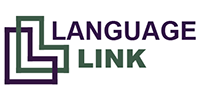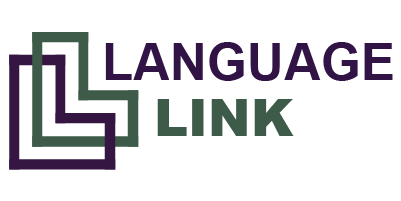GRAMMAR FOR BUSINESS English is the language of global business, and English speakers use specific grammar structures in particular business situations. English language learners must be able to both identify and use these essential grammar structures in order to communicate effectively about business-related topics. If English language learners know how and when to use these grammar structures correctly, it enables them to 1) avoid misunderstandings; 2) communicate about timelines; 3) improve business relationships with English-speaking colleagues and clients, and 4) create new business opportunities in English-speaking markets. The aim of this course is to provide participants with an extensive understanding of the fundamental grammar structures used in Business English and to teach them how to apply these structures in particular business contexts through practical exercises. THE PROGRAMME INCLUDES: Essential grammar: presenting yourself and your company Interrogative language: asking and answering questions The grammar of numbers: dates, times and figures The grammar of business trends: describing increases and decreases Global tense review: phrasing the past/present/future Conditional language: phrasing possibilities, probabilities and certainties The grammar of recommendation, obligation and prohibition Syntax: clauses and sentences. Punctuation in written English Common Grammar Mistakes PARTICIPANTS WILL LEARN HOW TO: Present themselves and their company to English-speakers Phrase and answer different types of business-related questions Provide performance reviews, project updates and future economic projections Identify and correct grammar mistakes in their spoken and written English Differentiate between significant and insignificant grammar mistakes
Grammar for Business
Language Link > Grammar for Business

